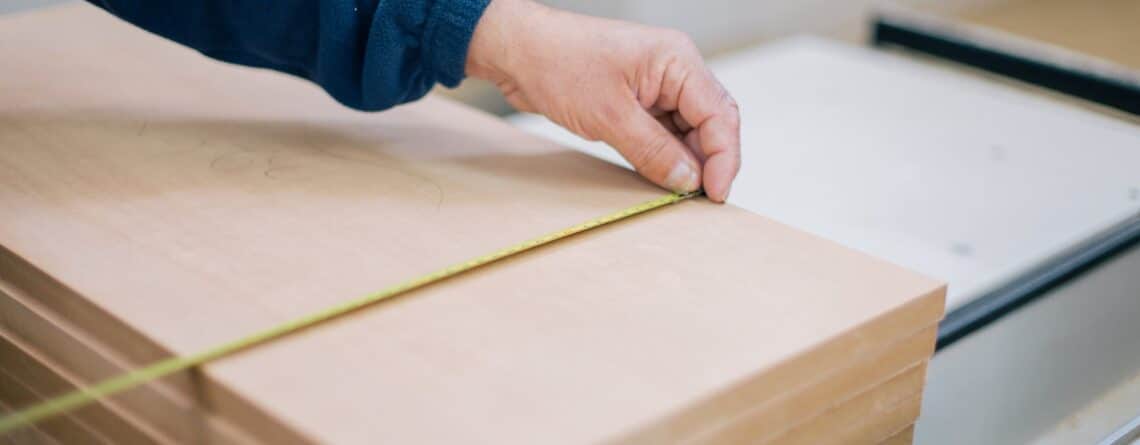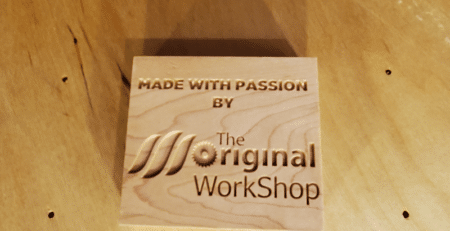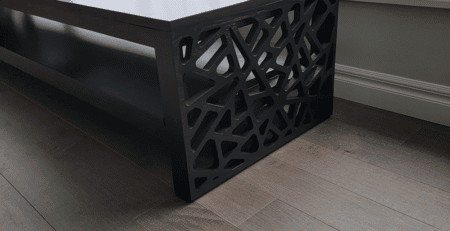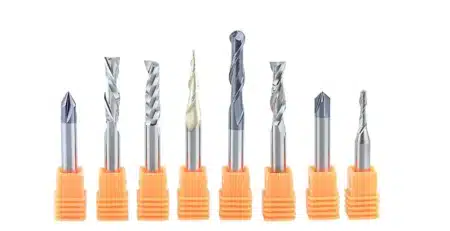Best Traditional Woodworking Joints
Woodworking joinery is one of the basic concepts in woodworking. It allows the craft of joining and securing two pieces of wood together.
A woodworking joint is an area where two pieces of wooden construction come together to form a rigid and self-supporting piece of permanent construction. Also, there are various glues or fasteners (nails, screws, bolts…) that can be used to increase the strength, effectiveness, and stiffness of woodworking joints. The key goal of woodworking joints is to adhere to the wooden parts together, their construction needs to be done cautiously, so it would not weaken the parts that are joining.
What are the best traditional woodworking joints?
We have listed down the best types of traditional woodworking joints and the reason for which they are used below:
Mitre Joint
The mitre joint is one of the most used types in traditional woodworking joints. It occurs when two pieces of timber are put together on the same angles. One frequently used and seen example of the mitre joint is found in the case of photo frames.
If the mitre joint has to be on a 90-degree angle, then the pieces of wood would be put in the parallel 45 degrees to be able to fit together and look appropriate.
Bridle Joint
The bridle joint is also among the most reinforced methods used in traditional woodworking joints. There are only three surfaces in this type that are glued together to put one piece. The corner of the bridle joint is put together with the other two joints to make a leg.
The bridle joint is known for being resistant. However, it requires a pin to hold together all three pieces of wood. The corners of the bridle joints are mostly used in frames to give it a proper shape. It is also sometimes confused with the mortise and tenon woodworking joint.
Mortise and Tenon Joint
This traditional woodworking joint type is used to build structures that are usually bigger in sizes. The mortise and tenon woodworking joint has been used for centuries and is one of the most reliable woodworking joints to have been discovered. The method is quite simple though. Wood is tapered from one end and the cavity carved piece of timber is inserted from the other side. The cavity is the mortise and the piece that goes inside it for fitting is called the tenon.
Dowel Joint
A dowel woodworking joint is quite similar to the mortise and tenon traditional woodworking joint that we just discussed above. The dowel joint also uses a projection for the purpose of fitting into a socket to be able to strengthen the woodworking joint. The only difference between the two types of traditional woodworking joints is that the dowel is a separate thing, and the two pieces of timber will need to have sockets to be able to put together with the dowel.
Butt Joint
If you are installing trim in your house, chances are that the butt joint is the first traditional woodworking joint that you would probably encounter. The butt joint, as the name suggests, refers to two pieces of timber that are literally butted together to form a trim.
The standard butt joint will have a square box that will be used to put one piece of wood into the butt or the end side of the other piece of timber. So, typically the two pieces of wood are not glued together or inserted inside each other. They are, rather, put together by screws or nails. The butt joints are easily evident on window wooden frames or the trims of doors.
Lap Joint
As the name suggests, the lap woodworking joints are the type of wood joints that overlap each other when put together. There are two types of lap woodworking joints which are traditionally used the most. They are as follows:
1. Full Lap Joint
The full lap is a woodworking joint in which the wooden board is put together on another piece of timber, making sure that they completely overlap each other. The two pieces of wood are then screwed together for the purpose of making frames in the house.
2. Cross Lap Joint
The cross lap is a woodworking joint that also overlaps one piece of wood with the other piece which is put on it like in the case of a full lap joint. The only difference is of giving the frame an added strength which it gets through the cross lap joint due to its fitting at the notches of the timber. The depth of the cross also varies from project to project.
Tongue and Groove Joints
This type of woodworking joints is usually used to incorporate material that lies flat on the surface such as walls, floors, or ceilings, as example. As the name suggests, in case of a tongue and groove joint, every wooden board has a tongue that runs along one side which has an indented groove running in the parallel direction to keep the balance.
Dado Joint
A dado joint is quite commonly used on bookshelves. It is simple as a dado is cut in one piece of wood which is received by the other piece when put together.
Dovetail Joint
The dovetail woodworking joints can be found at places where the two pieces of timber meet at a right-angle. They are usually put together at the corner of drawers which are assembled in a wedge shape.
Splice Joint
This type of woodworking joint is used to make sure two ends join each other when put together.
Box Joint
As the name suggests, this type of woodworking joint aims to interconnect to the sides of the square fingers it is put in. The idea is that the end result should be in the shape of a box, staying true to its name.
Birds mouth Joint
This type of woodworking joint is used in rooftop constructions. It gets its shape from the bird’s beak, the same place it gets its name from.
Final Words
These traditional woodworking joints have been used in different places, be it the construction of the house or just joining a picture frame together. The choice is yours as to which one you pick and choose for whatever purpose that you might need it for.












